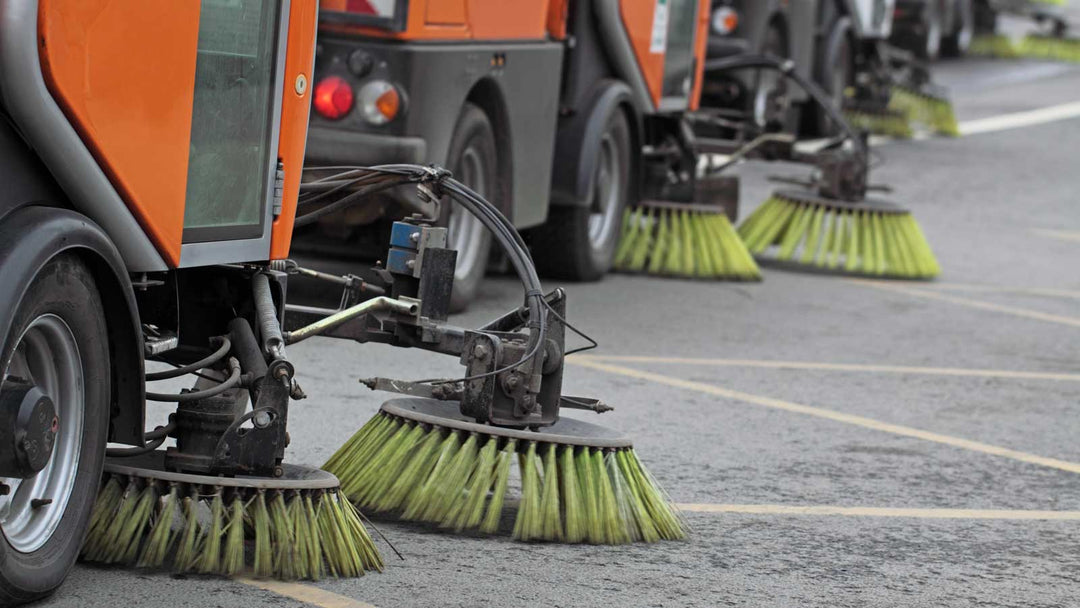Chainring Comparison: Compact vs. Standard vs. Mid-Compact
Chainring Comparison: Compact vs. Standard vs. Mid-Compact
Introduction
Choosing the right chainring setup for your bike can significantly impact your riding experience, efficiency, and comfort. Whether you are a seasoned cyclist or a beginner, understanding the differences between compact, standard, and mid-compact chainrings is crucial. This guide will help you navigate these options and select the best one for your cycling needs.
Understanding Chainring Types
Compact Chainrings
Compact chainrings typically feature a 50-tooth outer ring and a 34-tooth inner ring. This setup is designed for:
- Easier climbing: The smaller gear ratios make it easier to pedal on steep inclines.
- Better suited for beginners: Provides a more forgiving ride in challenging terrains.
- Versatility: Ideal for mixed terrains, helping riders maintain a comfortable cadence.
Standard Chainrings
Standard chainrings usually come with a 53-tooth outer ring and a 39-tooth inner ring. They are favored by:
- Racing cyclists: Offers higher gear ratios for speed and efficiency on flat terrains.
- Experienced riders: Best for those who prefer a more aggressive and speedy cycling style.
- Time trialists: Minimizes the need for frequent gear changes at high speeds.
Mid-Compact Chainrings
Mid-compact, or semi-compact, chainrings strike a balance with a 52-tooth outer and a 36-tooth inner ring. This configuration offers:
- Flexibility: A middle ground between compact and standard setups.
- Adaptability: Efficient for both climbing and speed-oriented cycling.
- Popular choice: Increasingly favored by recreational and club riders for its versatility.
Key Benefits of Each Setup
Benefits of Compact Chainrings
- Lower gearing: Makes pedaling easier, reducing fatigue during long climbs.
- Increased accessibility: Allows more cyclists to tackle challenging routes without overexertion.
Benefits of Standard Chainrings
- High-speed capability: Maximizes pedaling power at higher speeds.
- Optimized for flat terrains: Reduces the effort needed to maintain high speeds.
Benefits of Mid-Compact Chainrings
- Versatile performance: Efficient across a variety of terrains and gradients.
- Balanced choice: Offers a good compromise between speed and climbing ability.
Conclusion
The choice between compact, standard, and mid-compact chainrings depends on your specific cycling needs, terrain, and fitness level. If you frequently ride in hilly areas or are new to cycling, a compact chainring might be the best option. For high-speed cycling on flat terrains, a standard chainring is ideal. If you're looking for a versatile setup that can handle both scenarios reasonably well, consider a mid-compact chainring.
Remember, the right chainring not only improves your bike’s performance but also enhances your overall cycling experience. Choose wisely based on your typical riding conditions and personal preferences.
> "Selecting the correct chainring can make a significant difference in your cycling performance and enjoyment."
Call-to-Action
Ready to upgrade your ride? Check out our detailed reviews on the latest cycling gear and find the perfect chainring for your bike today! Read more here.
---
Meta Title: Compact vs. Standard vs. Mid-Compact Chainrings - Which Is Best?
Meta Description: Explore the differences between compact, standard, and mid-compact chainrings to find the best option for your cycling style and terrain.






